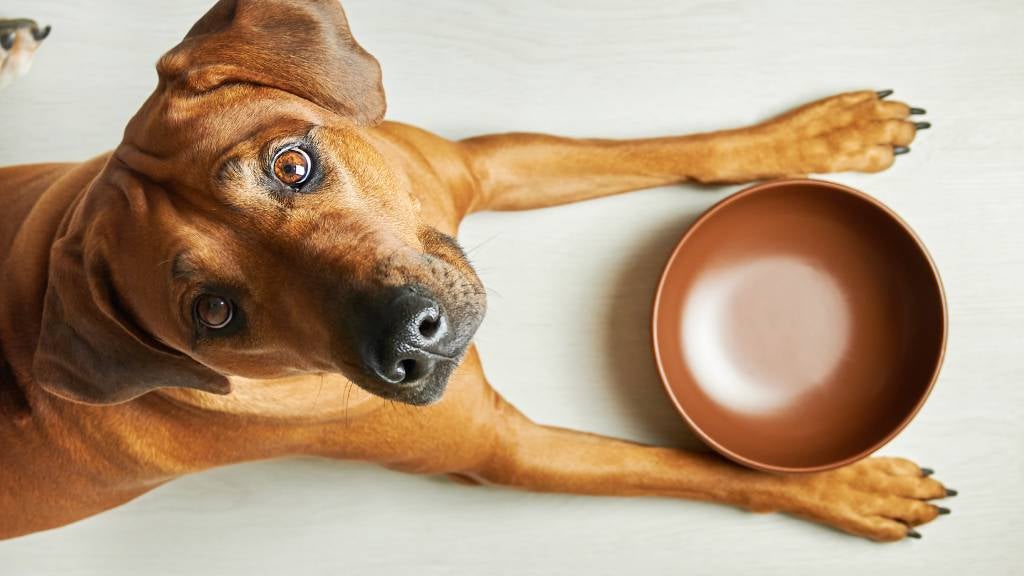Why Do Dogs Lover Peanut Butter So Much? And Vet-Approved Enrichment Ideas
-

- by Admin
- Aug 16, 2024

The image that comes to mind when we think of wild canids is a group of wolves hunting and pursuing moose, elk, or deer. This way of life is very different from that of our canine friends. Dogs have been greatly impacted by domestication. You can persuasively argue that, unlike their forebears, modern pets are omnivores rather than carnivores. They have evolved the capacity to digest starch in order to adapt to coexisting with humans.
When we think about our dogs' fondness of peanut butter, this history and these adaptations become important. John Harvey Kellogg, the father of cereal, invented the commercial product that we use today in the late 1800s. Since then, we haven't turned back. However, dogs generally enjoy peanut butter for a variety of similar reasons, such as its delicious flavor, alluring aroma, and general vitality
Nutritional Value of Peanut Butter
One distinctive feature of peanuts as legumes is their underground growth. Naturally, it comes in a variety of forms, such as the well-liked spread or an oil with a high smoke point. It is a versatile food that may be enjoyed as a portion of favorite candies or as a savory ingredient in various cuisines. It is a lunchtime staple. First, let's talk about the creamy treat you should give your dog.
A serving of two tablespoons has an astounding 188 calories. Recall that legumes are also the source of peanut oil. With 7.01 grams, it's a respectable source of protein. To put that number in perspective, an adult should receive about 45 grams of this macronutrient per 1,000 kcal, while a puppy should receive at least 56.3 grams. Rich concentrations of potassium, magnesium, and calcium are also present.
There are 2.08 grams of total sugar, 7.68 grams of carbs, and 15.8 grams of total fat in this meal. Remember that fat, along with carbohydrates and sugar, is a great source of energy, even though its quantity is high. It's most likely one of the other reasons dogs adore peanut butter. Dogs are hardwired to seek out nutrient-rich diets since their biology reflects harsher times when these creatures had to forage for food, even if our pets lead easy lives.
How to Use Peanut Butter as Enrichment
One of peanut butter's best qualities is that it's sticky, which makes it an obvious choice for enrichment. This increases the amount of fun for your dog and makes it a great enrichment choice. Your dog will be engaged trying to lick all the paste inside a hollow toy if you put a teaspoon inside of it.
To keep your dog happy longer, you may also give him treats that taste like peanut butter and have many of the same benefits. Additionally, it is produced in a dispensable form by manufacturers, which simplifies and reduces mess during use. We've seen bones packed with peanut butter and other goodies that accomplish the same thing—keeping your dog busy.
To get the most out of enrichment and maintain your dog's attention, we advise making it an infrequent reward. There are countless applications for peanut butter. After conducting a quick search, hundreds of items with this component were found. The item's form will determine the engagement, providing you with numerous ways to use it.
Caveats About Peanut Butter
Giving human food to your pet always causes some concern. As a result, we need to solve these issues. Our dietary data comes from smooth, store-bought peanut butter. Manufacturers use dry-roasted peanuts to manufacture the product. Its salt content is the other problem you'll encounter. Dogs and humans both need this mineral. The amount is the question.
The recommended daily dosage for your dog is roughly 13.3 mg per kilogram of body weight. For a 10-pound dog, that comes out to about 60 milligrams of sodium each day. A serving of two tablespoons has 152 milligrams of sodium. When salt intake surpasses two to three grams per kilogram of body weight, poisoning may result. Salt is particularly dangerous for dogs with heart problems since it can cause the body to retain water. At concentrations greater than 4 grams, it can possibly be fatal.
Regularly feeding your dog such a high-calorie meal can also lead to obesity. Only about 300 calories should be consumed by a 10-pound dog each day, depending on activity level and if the dog is intact or neutered. Peanut butter should therefore be saved for rare occasions.
Any product's label should be carefully examined to identify any potentially dangerous additives, such as xylitol, a sugar replacement. Even in tiny doses, it is extremely poisonous to dogs, causing sharp reductions in blood sugar levels and inducing the release of insulin. Liver failure can also result from xylitol. Purchasing dog-safe products will help you prevent a lot of problems.
Preparing homemade simple peanut butter is an additional choice.When you prepare the food yourself, you have control over the sodium and other ingredients. Keep in mind that producers create these goods in an effort to appeal to consumers with sweet tooths. That doesn't always imply that the food is suitable or safe for pets to eat.
0 Comments:
Leave a Reply